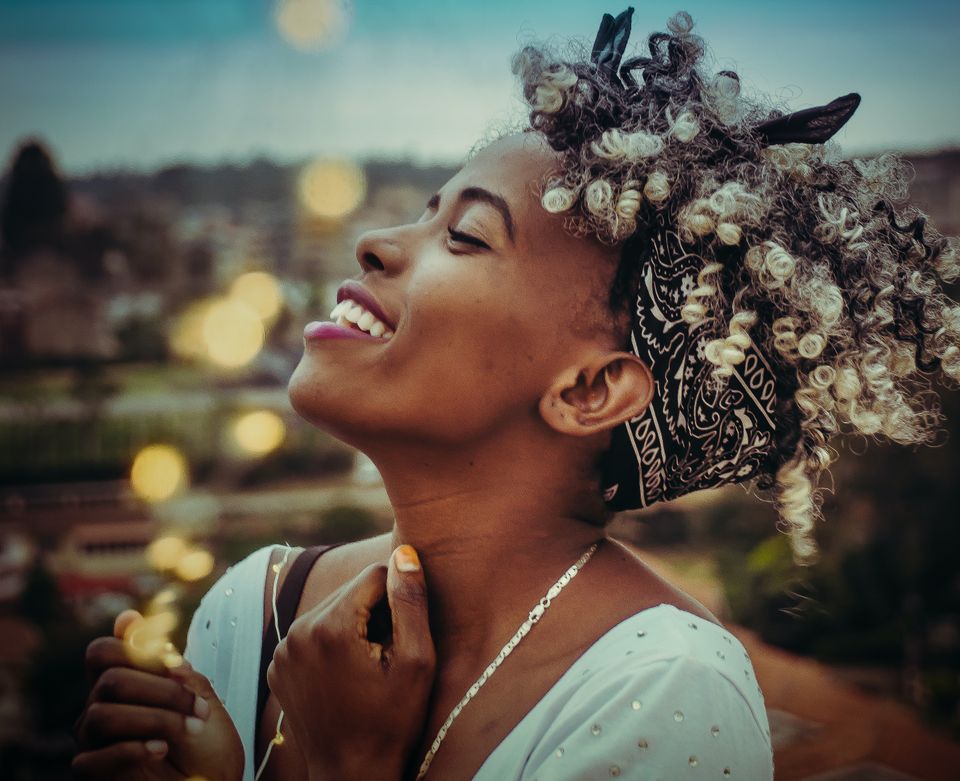How to Feel Your Feelings Instead of Intellectualizing Them
The issue isn't that our feelings grow so big they overwhelm us. It's that we shrink to become them, because we've forgotten the rest of who we are.

A couple of weeks ago I posted about feeling your feelings (for the "over-intellectualizing" types).
The post was about how the rhetoric around "feel your feelings" is dismissive and not helpful for us.
Here's why, and the advice I would've given us instead.
The Issue With "Feel Your Feelings"




